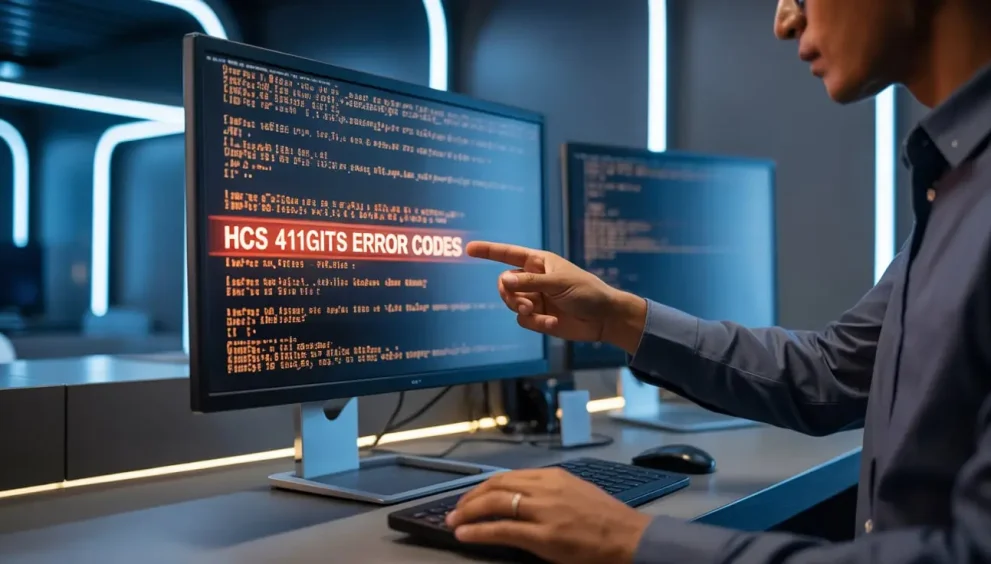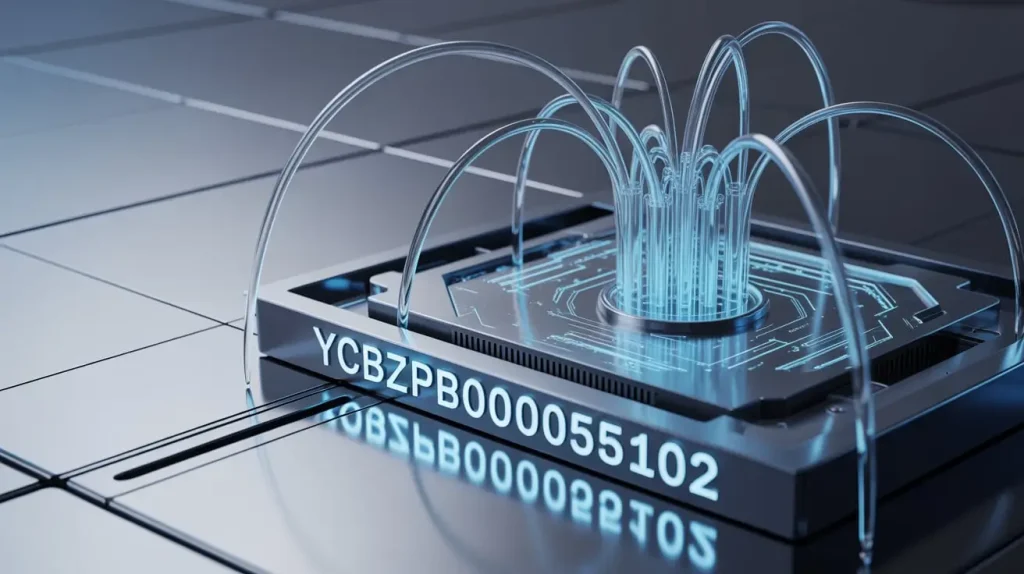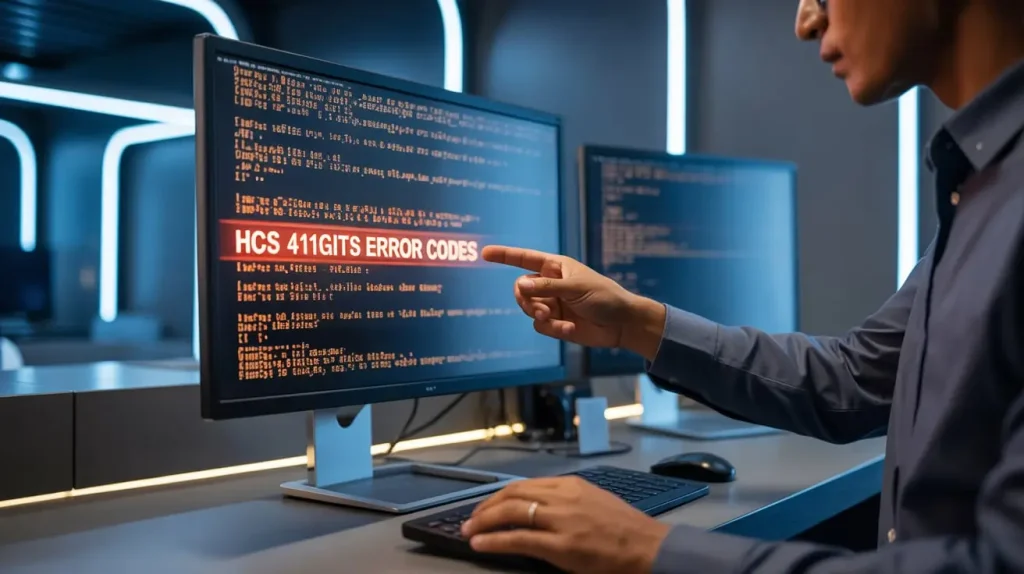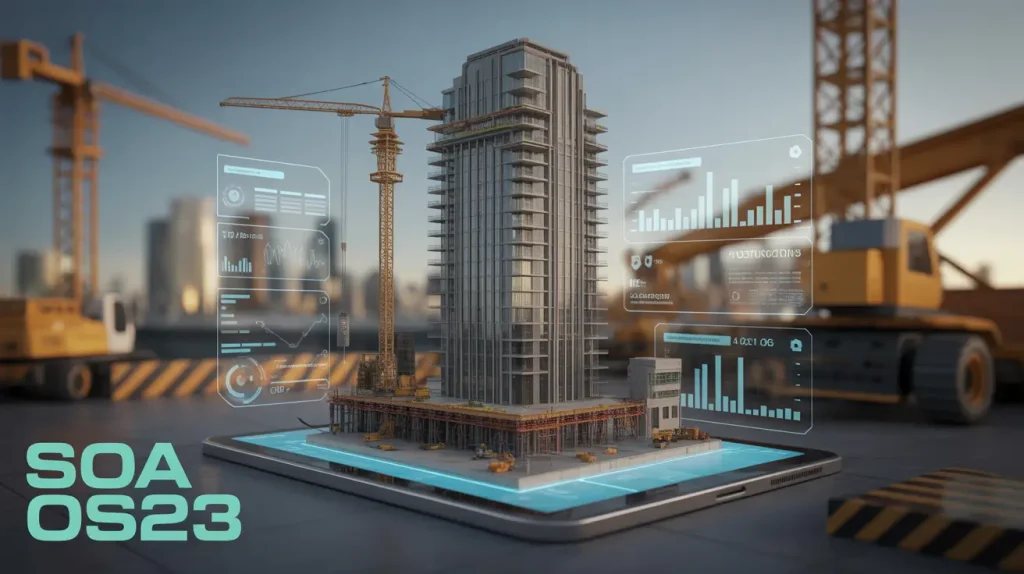HCS 411GITS Error Codes 2025 | Complete Fixing Guide

Every digital system that relies on electronic control units and integrated software requires error monitoring to ensure smooth functionality. The HCS 411GITS system is no exception. When this system encounters operational issues, it displays specific error codes that help identify the root cause. Understanding these codes and their meanings is crucial for anyone working with this hardware-software interface, whether in industrial automation, automotive systems, or embedded electronics.
This article provides a comprehensive look at HCS 411GITS error codes—what they mean, why they appear, and how to troubleshoot them effectively.
Introduction to HCS 411GITS System
The HCS 411GITS system is a specialized control module commonly used in industrial and electronic automation environments. It plays a significant role in handling communication between sensors, actuators, and control boards. Essentially, it ensures that commands and signals flow smoothly between different parts of a system, maintaining stability and accuracy.
Error codes are an integral part of its diagnostic mechanism. When a malfunction or data inconsistency occurs, the system generates an error code to help users pinpoint what went wrong. This self-diagnostic feature saves time, reduces manual troubleshooting efforts, and ensures system reliability.
Why HCS 411GITS Error Codes Occur
There can be numerous reasons why an HCS 411GITS system displays error codes. Most commonly, these issues arise from hardware faults, communication failures, software glitches, or incorrect configurations.
Some of the most frequent causes include:
-
Faulty input or output connections
-
Voltage irregularities or power interruptions
-
Firmware inconsistencies or corrupted data
-
Temperature fluctuations affecting circuit stability
-
Sensor or actuator malfunctions
-
Configuration mismatch between modules
These codes not only indicate the type of problem but also the specific location or component responsible, allowing technicians to act quickly and precisely.
Understanding the Structure of HCS 411GITS Error Codes
The error codes in HCS 411GITS are typically alphanumeric, meaning they contain both letters and numbers. Each part of the code provides unique information about the system’s condition.
For instance, an error code starting with E1 might refer to a communication problem, while E5 could indicate a hardware-related fault. Numbers following the letter generally specify the sequence or depth of the error.
This structure helps technicians determine whether the issue is critical, moderate, or minor. It also supports layered debugging—starting from high-priority system checks down to smaller, component-level verifications.
Common HCS 411GITS Error Codes and Their Meanings
While the specific code structure can vary slightly depending on the system’s firmware version, several commonly reported error codes have been consistently identified in real-world usage.
Error Code E01 – Communication Timeout
This code indicates that the system has failed to receive a signal or response from a connected module within the expected timeframe. Common causes include loose wiring, network lag, or an offline peripheral device.
Error Code E03 – Power Supply Fault
This code appears when voltage input fluctuates beyond acceptable limits. It may be due to unstable power sources, damaged cables, or faulty regulators within the circuit.
Error Code E05 – Sensor Malfunction
When sensors send inconsistent or out-of-range data, this code is triggered. Cleaning sensor surfaces, checking calibration, and replacing defective units usually resolve this issue.
Error Code E07 – Firmware Corruption
A corrupted firmware file or incomplete update process can lead to this error. The best fix is to reinstall or reflash the firmware using the official utility tool.
Error Code E10 – Overheating Protection
This code warns that the system’s internal temperature has exceeded its safe threshold. Immediate shutdown is recommended to prevent hardware damage. Allow the system to cool and verify ventilation or cooling fan performance.
Error Code E12 – Configuration Mismatch
This occurs when the setup parameters do not match the expected values of the operating environment. Restoring default settings or reconfiguring the system usually clears this code.
Impact of Ignoring HCS 411GITS Error Codes
Ignoring these error codes can lead to serious performance degradation or even permanent hardware failure. For example, neglecting a temperature-related warning (E10) may cause the mainboard to overheat, leading to irreversible damage. Similarly, dismissing power fault alerts (E03) could result in data loss or inconsistent operation.
Therefore, routine monitoring and timely response to these codes are essential. Not only does this prolong the system’s lifespan, but it also ensures stable performance under demanding conditions
Step-by-Step Guide to Troubleshooting HCS 411GITS Error Codes
-
Identify the Code Displayed
Check the display screen or monitoring interface for the exact code shown. Record it carefully for future reference. -
Consult the System Manual
Each code corresponds to a predefined fault listed in the system’s documentation. This should be the first point of reference before attempting repairs. -
Inspect Hardware Connections
Loose or corroded connections are a frequent cause of system errors. Ensure all cables, sensors, and terminals are secure and clean. -
Check Power Stability
Use a voltmeter to verify input voltage. Any significant fluctuation may require a stabilizer or new power supply unit. -
Reboot the System
Sometimes, temporary communication lags or software freezes trigger errors. Restarting the unit can clear minor, non-recurring faults. -
Run a Diagnostic Scan
Use the system’s built-in diagnostic tool or external software interface to perform a scan. This will help detect background issues invisible to manual inspection. -
Update or Reinstall Firmware
If firmware corruption is detected, use the official update tool to reload the correct version. Ensure power stability during the process to avoid incomplete flashing. -
Monitor System After Repair
Once the issue has been addressed, observe the system for a few hours to confirm that the code does not reappear.
Preventive Measures to Avoid HCS 411GITS Errors
Preventive maintenance is the key to avoiding frequent system errors. Regular inspections and updates significantly reduce downtime.
Keeping the hardware clean and properly ventilated ensures stable thermal performance. Similarly, maintaining a steady power supply and performing firmware updates only through authorized tools can prevent corruption issues.
Documentation also plays a major role. Maintaining a detailed record of past errors and resolutions allows technicians to quickly identify recurring issues and implement more permanent solutions.
How HCS 411GITS Handles Error Reporting
One of the strengths of the HCS 411GITS system is its intelligent error reporting mechanism. Instead of merely halting operations, it stores error history logs that can be accessed later for review. These logs contain timestamps, code descriptions, and the sequence of events leading to the fault.
This diagnostic history is invaluable in industrial settings where multiple devices operate simultaneously. Engineers can analyze trends, identify recurring faults, and plan maintenance schedules based on data rather than assumptions.
When to Seek Professional Assistance
While minor issues like connection errors can be resolved by in-house technicians, more complex cases—such as firmware corruption or repeated communication failures—require professional assistance.
Certified engineers have the tools and expertise to diagnose circuit-level problems that are not visible through basic inspections. They can also recalibrate sensors and replace damaged components without risking further harm to the system.
Attempting to repair advanced faults without sufficient technical knowledge may void warranties or worsen the issue, so it’s always best to consult an expert for critical errors.
Future Developments in HCS 411GITS Systems
Manufacturers of HCS 411GITS modules continue to enhance their systems with improved diagnostics and self-healing mechanisms. Future versions are expected to include AI-assisted monitoring tools that predict failures before they occur, further minimizing downtime.
With smarter sensors and automated updates, future iterations of HCS 411GITS will likely become more resilient, reducing the frequency of manual interventions and simplifying maintenance processes.
Conclusion
The HCS 411GITS error codes play a crucial role in maintaining the stability and reliability of automated systems. Each code provides insight into specific operational problems, helping users take immediate corrective action.
By understanding the nature of these codes, implementing regular maintenance, and ensuring proper system configuration, you can prevent most common issues and extend the lifespan of your equipment.
HCS 411GITS remains a robust, adaptable control system, and knowing how to interpret and manage its error codes ensures uninterrupted performance across industrial, automotive, and electronic applications.
Frequently Asked Questions (FAQs)
Q1. What are HCS 411GITS error codes?
They are diagnostic signals generated by the system to indicate hardware or software-related malfunctions.
Q2. Why do these error codes appear?
They usually appear due to communication failures, voltage instability, firmware corruption, or hardware faults.
Q3. Can I fix HCS 411GITS errors myself?
Basic issues like loose connections can be fixed manually, but complex faults should be handled by professionals.
Q4. How can I clear an error code permanently?
Identify and fix the root cause first. After resolving it, reset the system or perform a firmware refresh.
Q5. What happens if I ignore an error code?
Ignoring codes can cause long-term damage, data loss, or complete system shutdown.
Q6. How often should I perform maintenance?
Regular inspections every 3 to 6 months help prevent recurring errors and keep performance consistent.
Q7. Is firmware updating risky?
Only if performed incorrectly. Always ensure stable power and use the official update tools provided by the manufacturer.
For More Visits: Mymagazine
Also Read: Dyxrozunon in Cosmetics 2025 | Powerful Beauty Ingredient

 English
English 



























































































































































































![swimsuit edition [abbb] - 1.20 21 swimsuit edition - chapter](https://mymagazine.blog/wp-content/uploads/2025/09/swimsuit-edition-abbb-1.20-21-swimsuit-edition-chapter1-1024x574.webp)























































































































































































































































